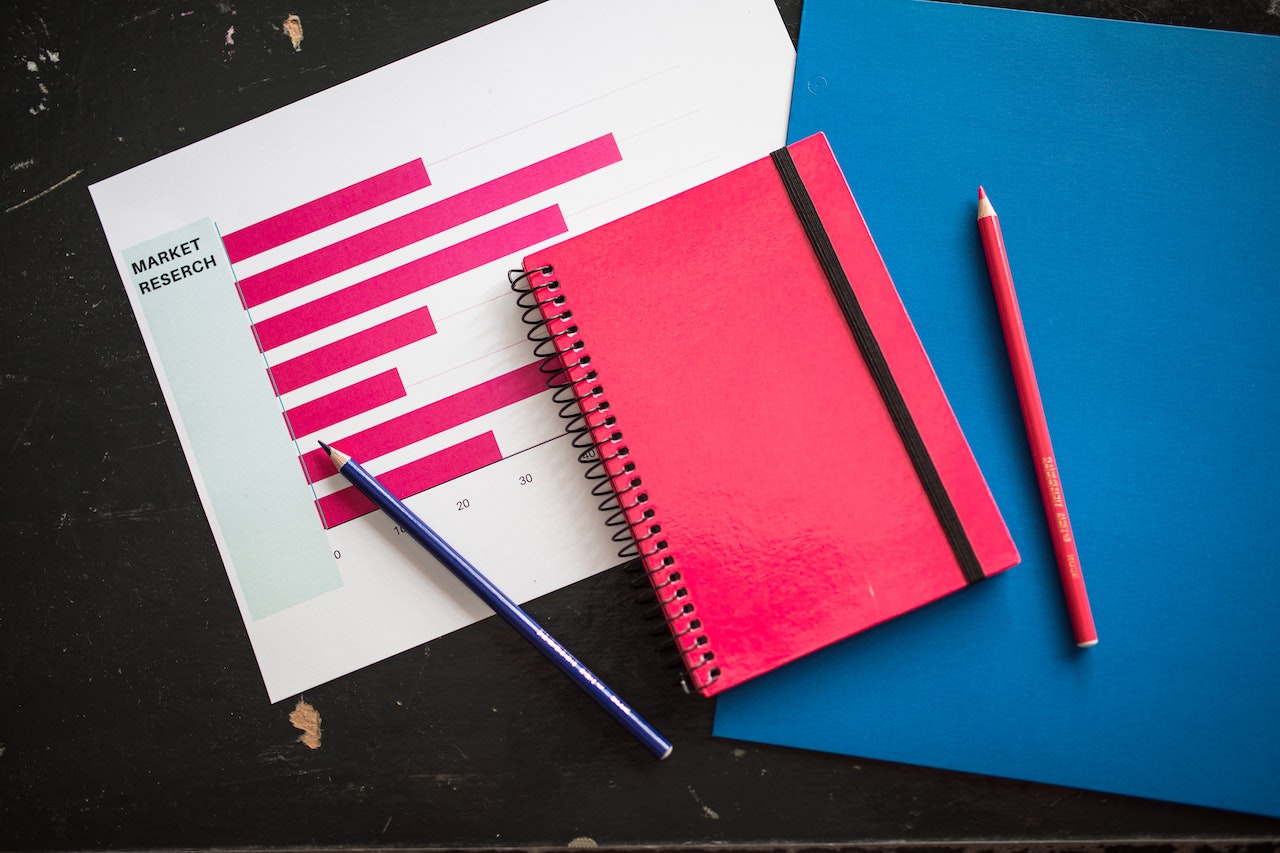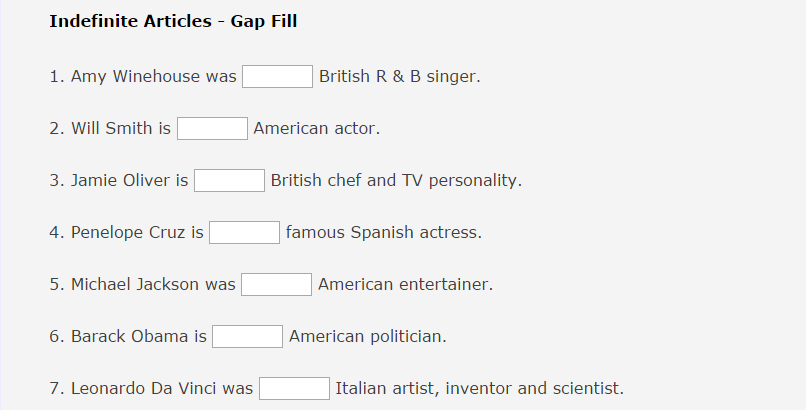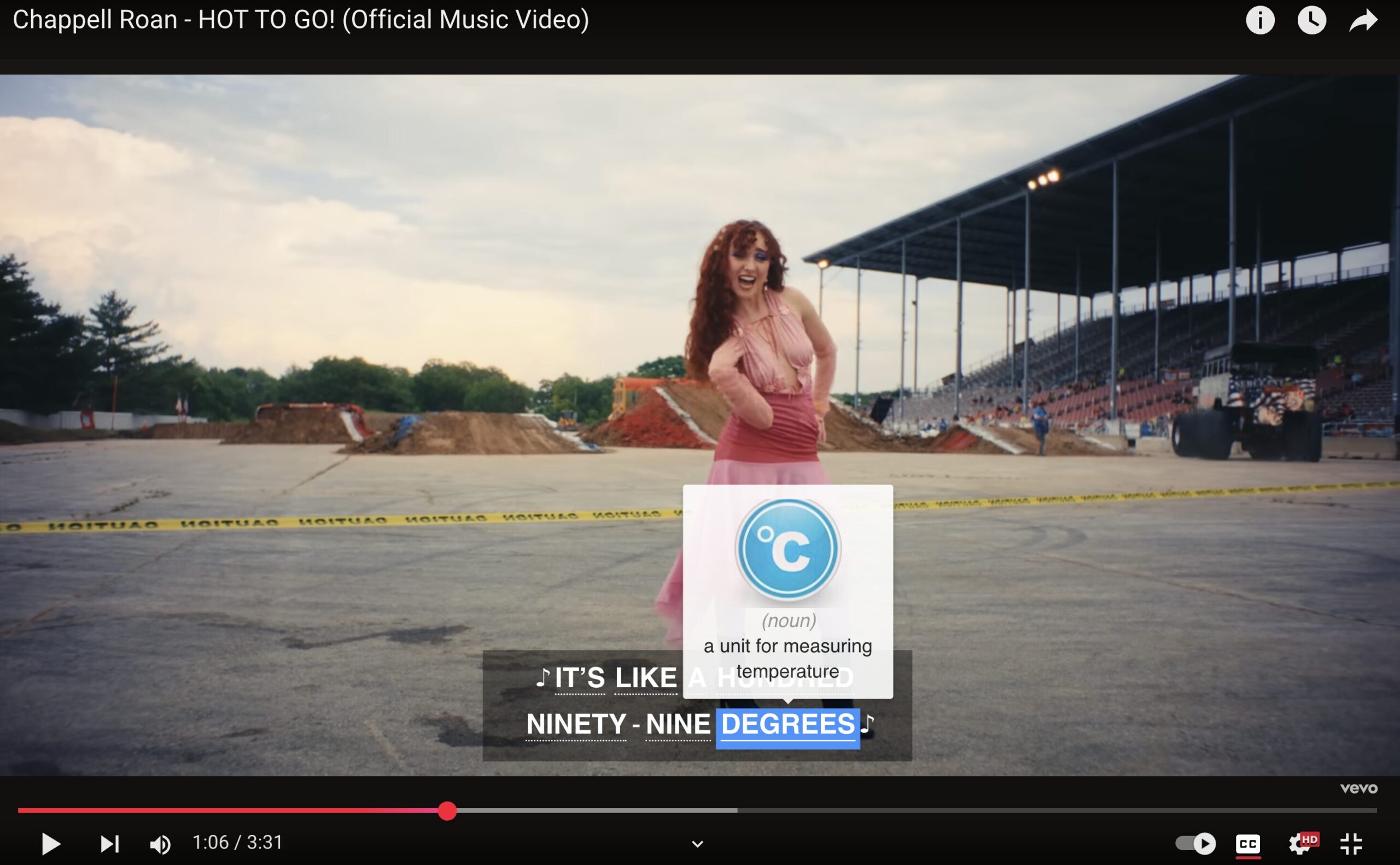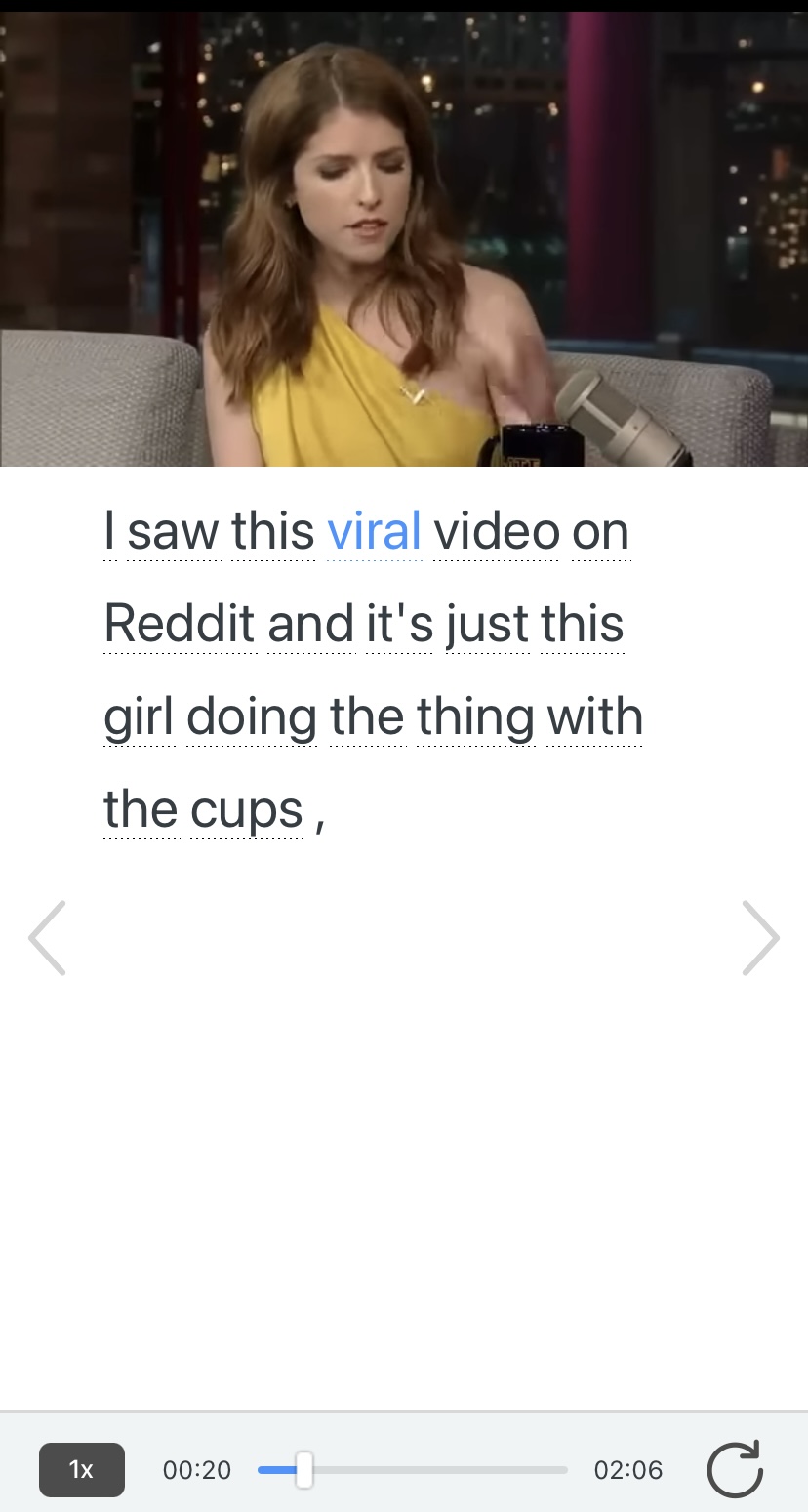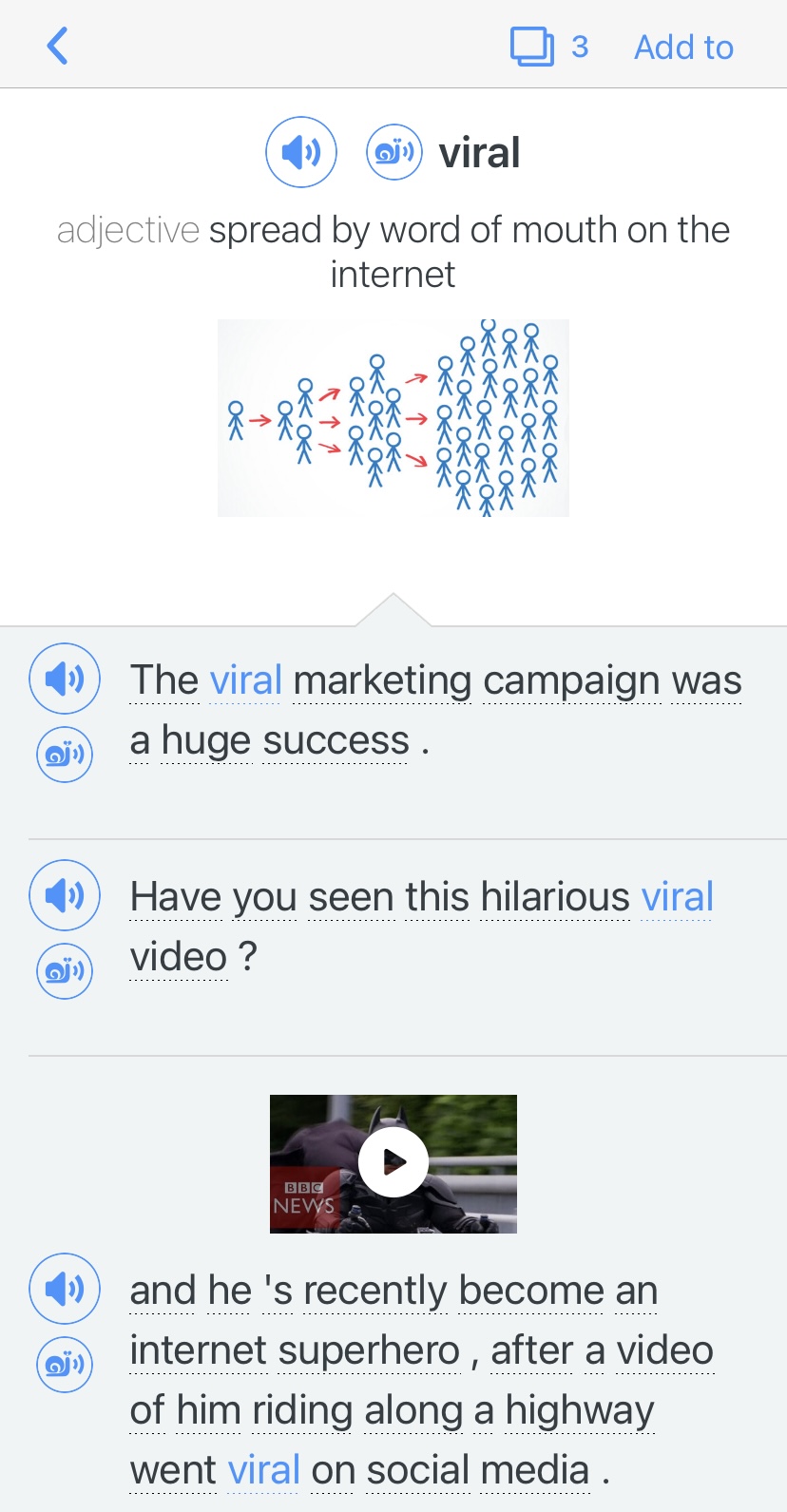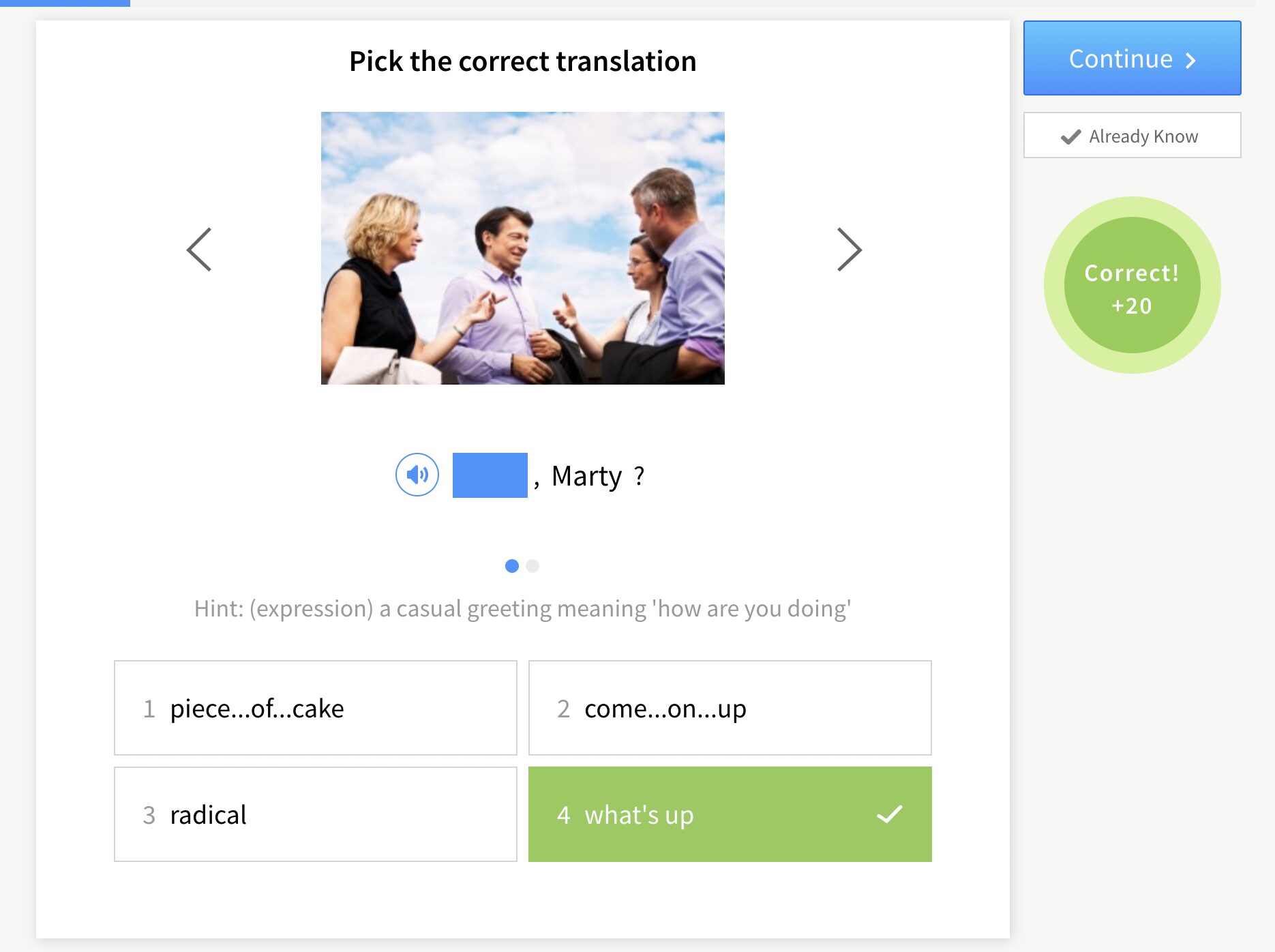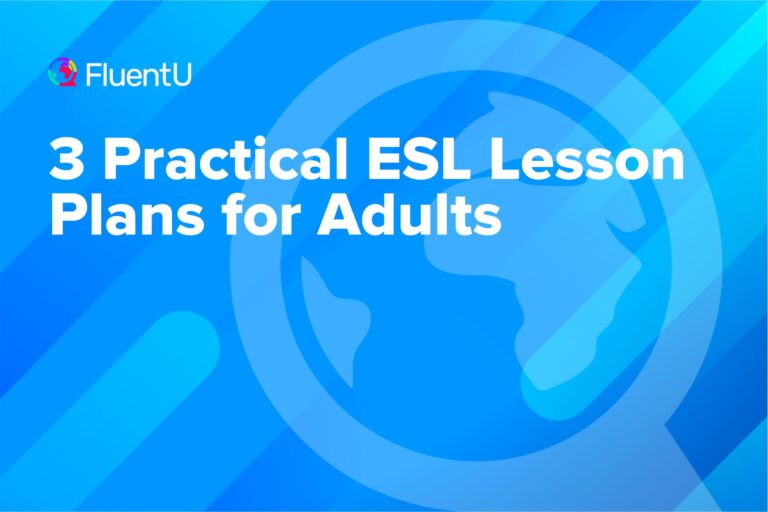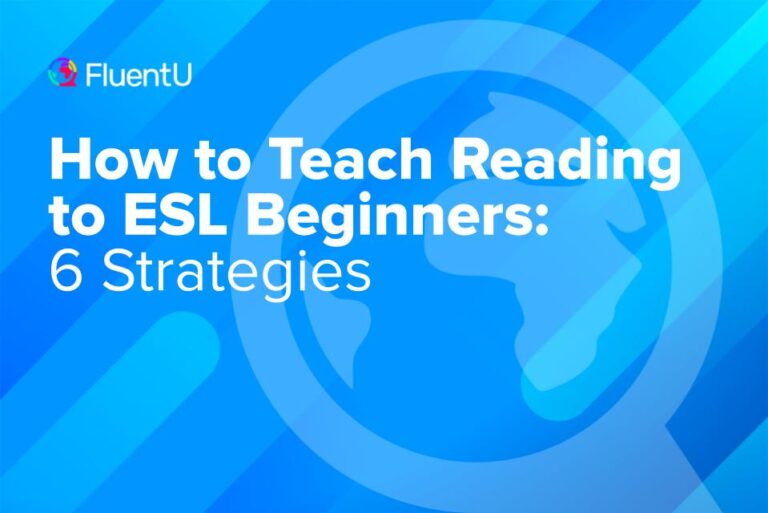7 Types of Visual Aids in Teaching English
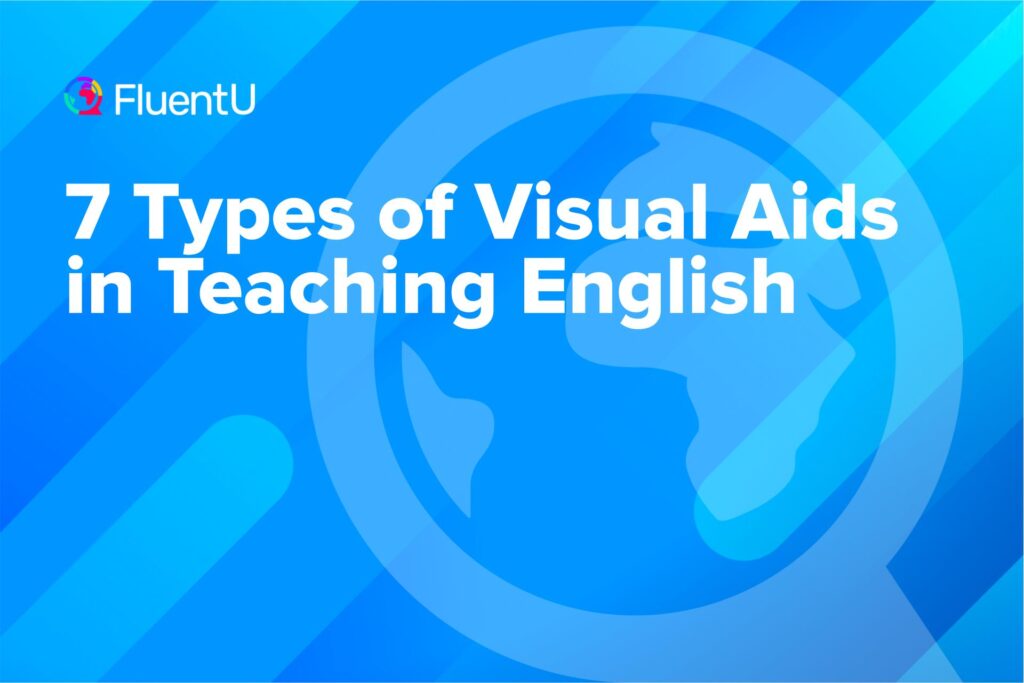
A picture is worth a thousand words, and nowhere is this truer than in the ESL classroom.
Suppose a student wants to know the difference between “He danced at the party” and “He was dancing at the party.” Instead of launching into a long explanation, you could draw a picture of two timelines, one representing each sentence, and have the students describe them.
Visual aids make English so much more approachable for students, so let’s go over seven important types of visual aids that you should be adding to your class.
Download: This blog post is available as a convenient and portable PDF that you can take anywhere. Click here to get a copy. (Download)
1. Pictures

Pictures are great for presenting many nouns, adjectives and simple sentence patterns. If you are using a textbook in class, make use of the pictures in it. With younger students, I ask “What do you see?” then call on many students and meet all of their suggestions with positive feedback. With older students, I have them predict what a chapter will be about based on the pictures from the opening page.
If a textbook doesn’t have good pictures, I also use realia, such as pictures from newspapers or magazines. (We’ll touch a little more on realia later in the post.) If your school has them, flashcards or picture dictionaries work well.
Here are a few ideas of how to incorporate pictures into your teaching:
- Use personal pictures: Whenever possible, use pictures of yourself or photos around town/school (that students would recognize) in PowerPoints or games. This will make it much more interesting and memorable for the students.
- Include celebrities for interest: Whenever I use pictures of a well-known celebrity, students perk up and I’ve definitely have captured their attention more than before.
- Draw stick figures: For a quick solution, use the simple drawing or stick figure. Stick figures take only a second to draw and are guaranteed to get a chuckle (or at least mine are).
The site ESL Flow has many more ideas about using pictures to teach English.
2. Timelines
One thing that pictures aren’t very helpful for is introducing grammatical structures, particularly anything beyond the present simple or present continuous.
For this, we have timelines.
Timelines are a great way to illustrate tenses and time expressions.
When I was trying to teach the difference between “by” and “until,” I drew simple timelines to illustrate the following sentences:
Sun-Hee has to finish her thesis by March 12.
Sun-Hee will work on her thesis until 10:00 tonight.
Maximize your Student Talking Time by presenting timelines interactively and leading your students to the answer.
For instance, if you’re using timelines for the above sentences, ask questions like:
- What is Sun-Hee working on now?
- When is the deadline?
- When will she stop working on it tonight?
3. Charts and Graphs
These work beautifully for introducing and practicing a variety of structures. I’ve used pie charts or bar graphs to illustrate comparatives and superlatives, such as:
ABC has a larger market share than XYZ.
LMN has the largest market share in the industry.
Because line graphs indicate change, they also work like a charm for verbs of change, like “increase,” “decrease,” “dip” and so on.
When you are working on vocabulary building in class, use a chart. I personally like to use charts to teach word families. I have columns for “noun,” “verb,” “adjective” and “adverb.”
So let’s say the word “tired” comes up in class. I’ll expand on it by eliciting “tiredness,” “tire” and “tiredly.” Get the words in the chart, and refer back to them throughout the lesson.
5. Opposites
Showing a word’s antonym or opposite is a sure-fire way to teach its meaning without a word of explanation. Suppose your student doesn’t know the word “least.” Just jot down something like this on the whiteboard:
Least <——–> Most
Alternatively, you could use hand gestures: Spread out your arms for “most” and bring them in for “least.” Hand gestures are also good for opposites like fast/slow, cheap/expensive and big/small.
And, speaking of opposites, what’s the opposite of an answer? That’s right, a question! Introduce question structures by showing the question’s answer. For example:
Q: ________________________?
A: I work for a securities firm.
6. Gap Fills
Like opposites, gap fills help you introduce or reinforce grammar by accessing the knowledge your students already have. They’re perfect for things like pronouns, prepositions and articles. Let’s say your lesson today is about “in,” “on” and “at.”
Having three sentences on the board like the following is all you’ll need to make their meaning clear:
Mary always goes to the beach ___ the summer.
Richard has a meeting with his boss ___ October 7. They’re meeting ___ 2:30 p.m.
If you wish, you could expand on this by creating a chart (like in #3) with “in,” “on” and “at” at the top. Then you can have your students come up with time expressions that go under each category.
7. Realia

Realia is an incredibly effective visual aid in the ESL classroom. Realia means real-life, authentic items. For example, when I was teaching a lesson about booking a hotel room, students became much more engaged when I gave them at an actual hotel brochure to look at. I used the brochure to introduce new language items, and even as the basis for a role play.
I highly recommend taking some time to build a realia collection for your ESL classes. Take a walk around town or go online to gather some essential realia.
Here are some must-have realia for you to start off your collection with.
- Celebrity photos
- Menus (eat-in and take-out)
- Weather reports
- Hotel pamphlets
- Maps (world, country, street, train, subway)
- Train/subway/bus timetables
- Movie/concert schedules
- Want ads
- Property ads
- Family trees for family-themed ESL activities
- Car rental brochures
Benefits of Using Visual Aids for ESL
Visual aids, like those two timelines, are so perfect for the ESL classroom. Here’s why:
Helps with understanding concepts
When you present a concept using a visual aid, you are giving your students something they can associate with that concept. Later, when they try to recall it, all they have to do is bring up the image you used.
Visual aids also help you present clearly and smoothly, without complications or tangents.
Reduces teacher talking time
As the saying goes, a picture is worth a thousand words. Visual aids allow you to explain the meaning behind various vocabulary and structures without explanation. In addition, you can ask prompting questions about your visual aids to boost Student Talking Time and lead them to the answer.
When my visual aid was a timeline illustrating someone’s work experience, I asked my students, “How long did Bob work for ABC Inc.?”
Provides a touchpoint for reference
Visual aids not only help put the new language out there, they also help remind students of the language they’ve learned as the class goes on.
For example, when my students make an error with the target grammar, or use a different word when they could have used a new word from the lesson, I direct them back to the visual aid as if to say, “Try and say it like we practiced earlier.”
More dynamic and fun
Visual add some pizazz to your lessons and help take the focus off of you or the textbook.
You can even use visual aids that are related to pop culture or your students’ interests. For example, FluentU has hundreds of authentic English videos taken from movies, TV series, vlogs and more. You can show these to your students since they’re made learner-friendly through tools like interactive subtitles and transcripts.
FluentU takes authentic videos—like music videos, movie trailers, news and inspiring talks—and turns them into personalized language learning lessons.
You can try FluentU for free for 2 weeks. Check out the website or download the iOS app or Android app.
P.S. Click here to take advantage of our current sale! (Expires at the end of this month.)

And there you have it! With these visual aids, you can teach a diverse range of structures, words and concepts with pizzazz and, best of all, very little talk time.
Practice trying out different types of visual aids in different situations. Over time, you will develop your “go-to” visual aids—ones that you’ll use every time you teach a particular lesson or topic, because you know they work. Good luck!
Download: This blog post is available as a convenient and portable PDF that you can take anywhere. Click here to get a copy. (Download)
And One More Thing…
If you’re like me and prefer learning English on your own time, from the comfort of your smart device, I’ve got something you’ll love.
With FluentU’s Chrome Extension, you can turn any YouTube or Netflix video with subtitles into an interactive language lesson. That means you can learn from real-world content, just as native English speakers actually speak.
You can even import your favorite YouTube videos into your FluentU account. If you’re not sure where to start, check out our curated library of videos that are handpicked for beginners and intermediate learners, as you can see here:
FluentU brings native English videos within reach. With interactive captions, you can hover over any word to see an image, definition, and pronunciation.
Just click on the word to see other example sentences and videos where the word is used in different contexts. Plus, you can add it to your flashcards! For example, if I tap on the word "viral," this is what pops up:
Want to make sure you really remember what you've learned? We’ve got you covered. Practice and reinforce the vocab from each video with learn mode. Swipe to see more examples of the word you’re learning, and play mini-games with our dynamic flashcards.
The best part? FluentU tracks everything you’re learning and uses that to create a personalized experience just for you. You’ll get extra practice with tricky words and even be reminded when it’s time to review—so nothing slips through the cracks.
Start using the FluentU website on your computer or tablet or, better yet, download our from the App Store or Google Play.
Click here to take advantage of our current sale! (Expires at the end of this month.)

